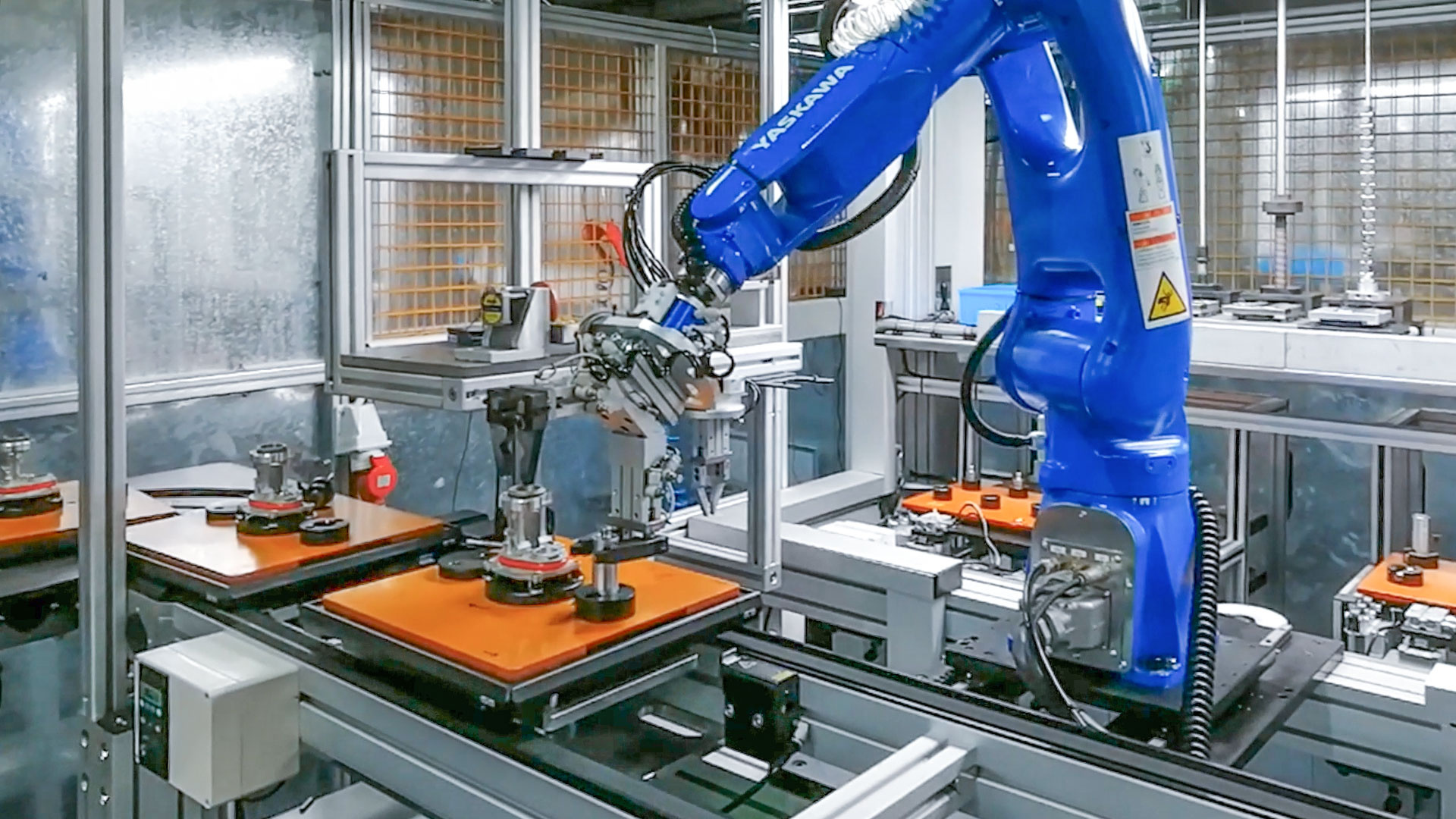A key demand in production is flexibility – that much is clear. But how can it be implemented economically? One possible answer is a company model developed by Fraunhofer IPK.
Pandemics, wars and disruptions in the global economy are putting pressure on companies worldwide. How can businesses react quickly and appropriately without driving up the prices of their own products and thus wiping themselves off the market? One of the largest electrical appliance manufacturers in the world, headquartered in China, asked themselves this question. They brought Fraunhofer IPK on board to find a solution to their challenges. That was five years ago. »It is not enough to simply relocate production to other countries – rather production itself has to be set up differently,« summarizes Prof. Holger Kohl, head of the Corporate Management division. »It is about modular, flexible and automated production, that, for instance, allows you to switch from manufacturing an angle grinder to producing a drill within a very short time span, as well as reacting just as quickly to global changes.«
 Fraunhofer Institute for Production Systems and Design Technology
Fraunhofer Institute for Production Systems and Design Technology